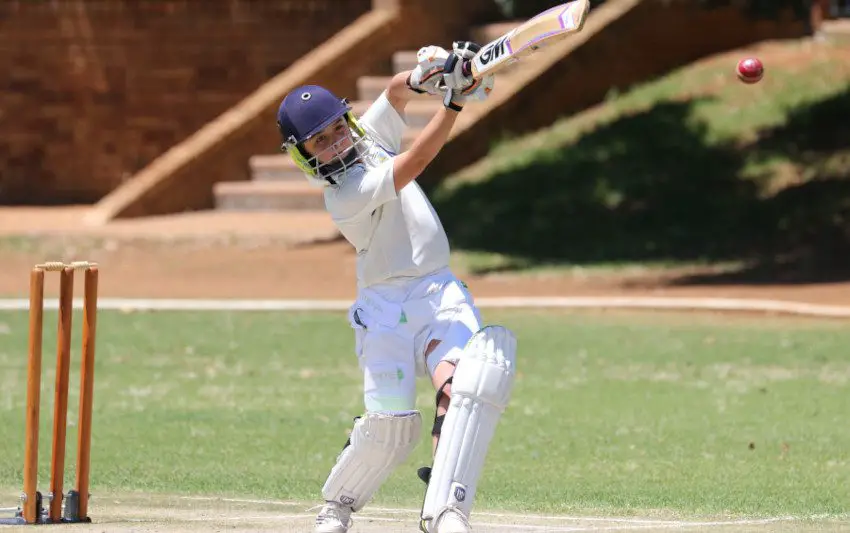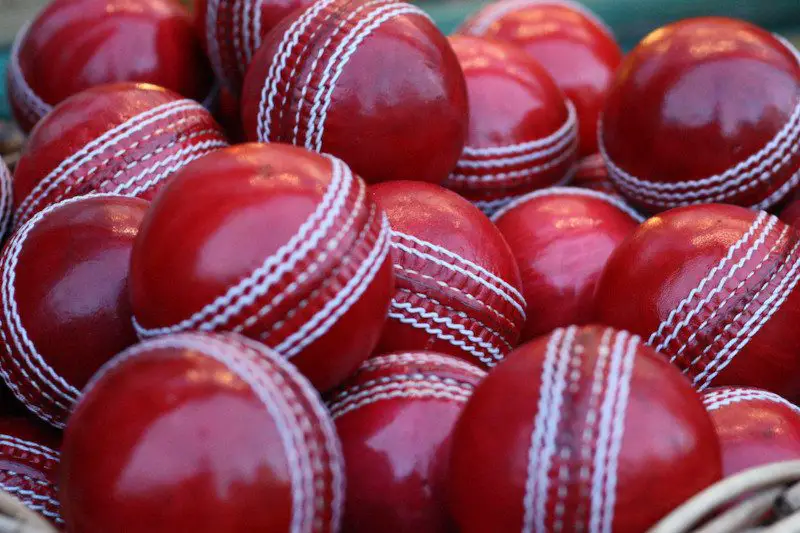Table of Contents
When it comes to cricket pads there are different classifications.
Cricket pads are a vital part of protective equipment for both batters and wicketkeepers. Although they are similar in that they protect the shins of the user, there are different types of cricket pads. Colour, material, and appearance are such areas where differences exist.
What Are Pads Used For?
Cricket pads protect the user’s lower legs from the impact of the ball. They act as shock absorbers to minimise damage caused to the user’s legs. They still feel the ball hitting their legs, but this is not remotely comparable to being struck without wearing cricket pads. Batters and wicketkeepers wear pads which are made from similar materials but different in size and appearance.
Cricket Pad Types by Function
There are two main types of cricket pads, and these are batting and wicketkeeping. There are shin guards for close fielders at short leg or silly mid-on, but these are totally different style of pads. They resemble a football shin guard and do not offer anywhere near the level of protection compared to batters and wicket keepers.
Batting Pads
These are worn by every batter in the team and are strapped to the batter’s lower legs. They are worn for the duration of their innings or batting session at training. They protect the batter and are also light enough for them to be able to run freely and quickly.
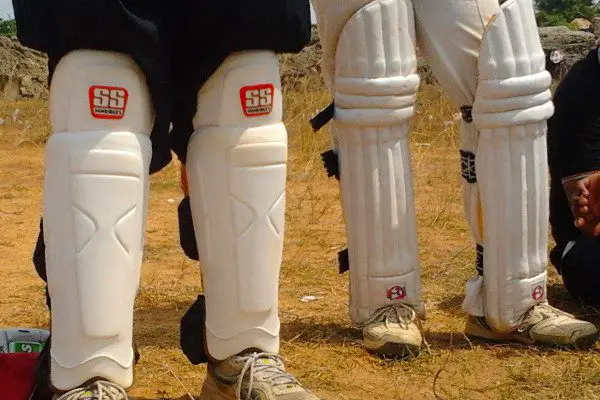
Wicketkeeper’s Pads
These are worn by the wicketkeeper and are strapped to the lower legs like batting pads. The difference being that there are only 2 straps where batting pads can have three. These pads are similar in appearance to batting pads but are smaller and lighter. The wicketkeeper bends down and up for the duration of the game so the pads must not restrict this. They also have a much smaller knee roll and shorter flap over the knee. Again, this is all to do with ease of movement for the wicketkeeper.
Cricket Pad Types by Colour
As well as different functions, cricket pads can vary by colour. In fact, cricket pads (batting and wicketkeeping) are required to be different colours depending on the format of the game or competition. Gloves also match the colour and in some shorter format games, the helmet sometimes does too!
White Pads
Traditionally, cricket clothing, including pads, have always been white except for a cap in the club or team colours. White pads are worn in test matches and first-class cricket games across the world. For amateur leagues, white pads and clothing are the norm on a weekend. Batters and wicketkeepers alike wear white pads which are visible over the top of their cricket trousers and are fastened with Velcro straps and buckles.
Coloured Pads
The evolution of limited overs cricket has brought a new audience to the game. One difference that is noticeable straight away between limited overs cricket and test matches is coloured kit and equipment. Teams wear coloured kit rather than whites and their equipment mirrors this. Pads and gloves match the team colours as can helmets too. Many international T20 leagues match the helmet colour to the pads and gloves. Batters who play limited overs cricket need a whole new kit in their team colours. The style of the pads and the way they fasten are all the same as whites, just the colour is different.
Some people also like to paint their cricket pads according to their own style and the shade of colour they prefer.
Wicketkeepers also wear coloured pads, but some opt to wear them under their trousers as opposed to over them. These pads tend to be smaller in size and allow for quicker movements which are required in shorter formats.
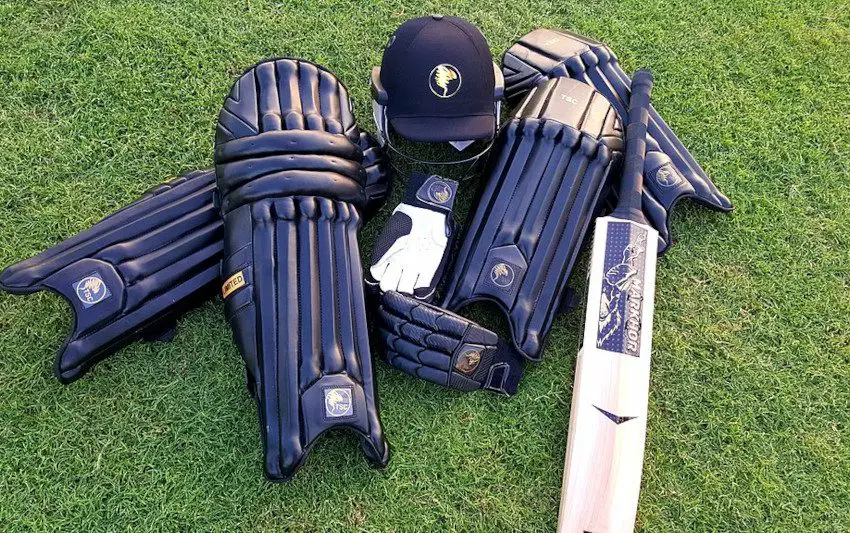
Cricket Pad Types by Profiles
In addition to function and colour, cricket pads can differ by their profile – how they look and how they fit. The key differences in appearance, style and weight are all important in relation to cricket pad usage and benefits.
Traditional Cricket Batting Pads
These pads are a step up from the old skeleton style pads which resembled a cage made of cane. These pads are very robust and offer a high level of protection from the impact of the ball. The cane rods within them and the cotton filling are excellent shock absorbers, but they do make the pads heavy to wear. A good option in a team kit bag due to their high durability. Batting pads and wicket keeping pads in this style look very similar to each other.
Moulded Cricket Batting Pads
These types of cricket pad are the lightest option available to batters and wicketkeepers. They achieve this by not having lengths of cane within them. This has been replaced with high-density foam which is moulded to fit the legs more comfortably. This added comfort and reduction in weight makes them a popular choice for both batters and wicketkeepers. Memory foam mattresses use the exact same material because they are easily moulded to the shape of the user.
Lightweight Cricket Batting Pads
Ironically not the lightest option! Lightweight cricket pads are filled with foam rather than having cane and cotton as protection. There is the option of having 3 or 4 pieces of cane in the pads as protection. This creates a cross over between moulded cricket batting pads and traditional cricket batting pads. The higher level of protection this offers is preferable to the user whilst not adding significant weight to the pads.
Cricket Pad Types by Material
So, what are these pads made from? Fortunately, batting pads and wicketkeeping pads are similar in their appearance and make up. The only key difference is the size of the batting pads compared to the wicketkeeper. The materials of cricket pads are described here.
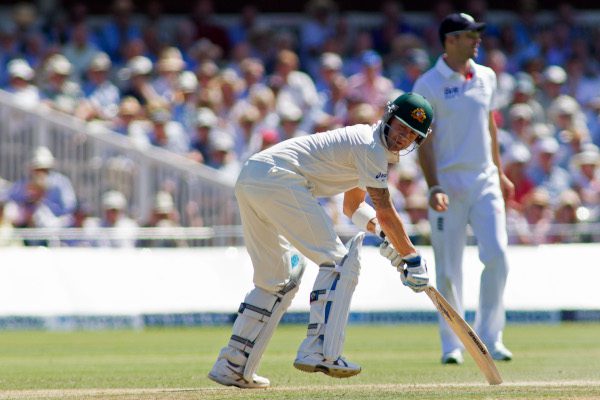
Modern Cane Pads
Cane is a very rigid and very lightweight wood that has been used in cricket pads for decades. It provides a solid and consistent structure to build the padding around whilst being comfortable to wear. The part of the pad which is most exposed to the ball is the face and it is this section that has the cane inserts. The cane inserts create the shape which is traditionally associated with cricket pads around the world.
High Density Foam Pads
The face of the pad has been redeveloped so that cane supports are not used as protection. Instead, a high-density foam is used to make up the face of the pads. There are very small bubbles of air within the foam which serve as shock absorbers against the impact of the ball. Smaller bubbles create more protection but less flexibility. Larger bubbles in the foam create greater flexibility but offer less protection from the impact of the ball. The huge benefit that this material offers is the weight, or lack of weight! This makes them ideal for wicketkeeping pads where speed of movement is key.
Cotton
Traditionally, the protection that is provided to the user is found in the form of cotton. This is fitted around the skeleton of the cane inserts and then wrapped in leather. The cotton is tightly compacted to provide as much protection as possible. Cotton is a lightweight material so packing as much of it as possible into the pads doesn’t make any noticeable difference to the overall weight.
Leather
This is used to give the cricket pads their finish. It is the covering for either the cane and cotton insides or the high-density foam. Some pads may use a material like nylon to cover them, but leather is the more common and higher quality finish. It can be wiped clean and doesn’t absorb moisture. Added moisture increases the weight of the pads and causes them to deteriorate more quickly. Leather can also be coloured for different tournaments or given a freshen up when they start to look tired. Leather is also the most stable material as it doesn’t change in size when dampened and also offers a final layer of protection to the user.
Conclusion
Cricket pads have evolved over the years and are now adapted to different formats and conditions. As the requirements of the player changes, the challenge for the pads is to evolve with them. Switching from cane and cotton to a high-density foam is an example of an improvement in reducing overall weight which is needed for shorter formats such as T20 and limited over cricket.
If you are looking for the guide on how to choose cricket pads as well as how to wear them properly, we got you covered.

